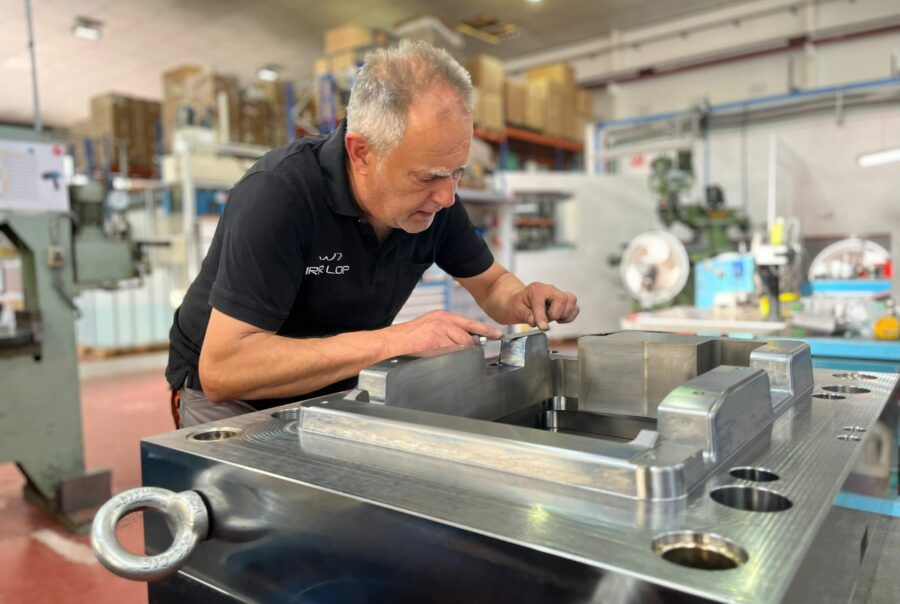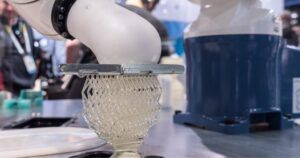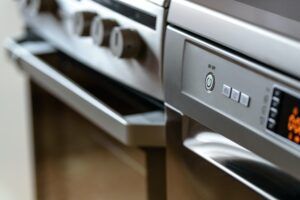The production and maintenance of plastic injection moulds are fundamental within the overall manufacturing process of high value-added plastic parts: both determine the degree of quality and the level of finish of the prototypes and series-moulds, and condition the useful life of the final components delivered to the customer. That is why their manufacture and subsequent verification and control are tasks that must be carried out in a meticulous and personalized manner to ensure the success of any industrial project.
Controlling the entire process is key
The first step to achieve an optimal maintenance is located at the beginning of the whole process, during the manufacture of the molds, which in IDELT includes three phases perfectly defined and developed by highly qualified staff:
- Mould design. This first stage is one of the most important because it determines all the parameters that will give rise to the final model, from the formal elements such as the manufacturing material to the adaptation to the machinery in charge of injecting the plastic and the necessary requirements to avoid defects during production.
- Machining and erosion. With the design already defined, an IDELT team is in charge of carrying out the necessary machining and erosion tasks of the material in which it is made, such as iron or aluminum, to guarantee an optimal and efficient production process.
- Assembly. This last phase, prior to the start of production, is carried out manually and consists of adjusting and closing the contour to ensure a clean process of debris and burrs, as well as the final assembly of the mold and checking of all its elements.
Once the mould manufacturing has been completed and the production of the parts has started, it is essential to carry out a maintenance process that allows maintaining the optimum quality of the final product regardless of the production volume and the time that elapses between one use and the next. Each part is unique and requires a specific type of maintenance, depending on various parameters such as the manufacturing material and the type of compound used to make it.
Maintenance tasks are essential for the mold to maintain its properties unaltered throughout its life cycle. The absence of this work or the performance of deficient maintenance work can cause a reduction of up to 50% in the useful life of the mold and lead to significant defects in the production of the parts.
Three types of maintenance activities:
– Predictive maintenance. It consists of the evaluation of certain elements that allow to determine the correct operation of the injection system without the need for production stoppages.
– Corrective maintenance. This is carried out when a breakdown occurs. It involves unscheduled production stoppages, possible damage to machinery and economic losses.
– Preventive maintenance. It is the one that is carried out periodically, regardless of whether failures or alterations have been detected in the operation of the machinery or in the production process of the parts.
Keys to keep the mould in good conditions
Predictive maintenance should be performed during the production process, to try to minimize the risk of failure or deformation of the mold, but also between each use. To keep the mold in optimal conditions, it is necessary to take into account some key points:
- Ensure the cooling needs of the mold. A drawing of the mold should be sent to production to determine what type of cooling it needs and thus avoid overheating that could lead to production problems.
- Perform preventive maintenance. The models should be cleaned and greased to prevent them from rusting due to accumulation of material debris or prolonged exposure to the environment.
- Perform predictive maintenance through certain parameters during production.
- Define in a manual the needs and periodicity of maintenance according to the specific characteristics of each mold.
These tasks contribute to extend the useful life of the molds and help to guarantee a manufacturing process of high added value parts.







